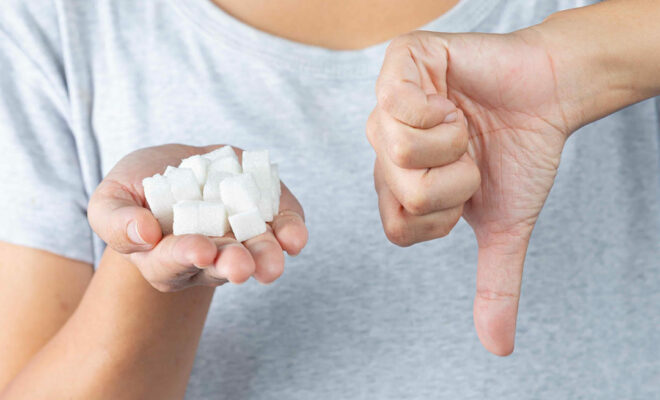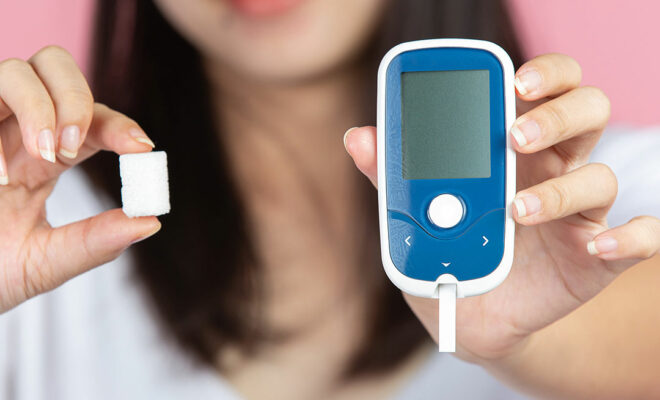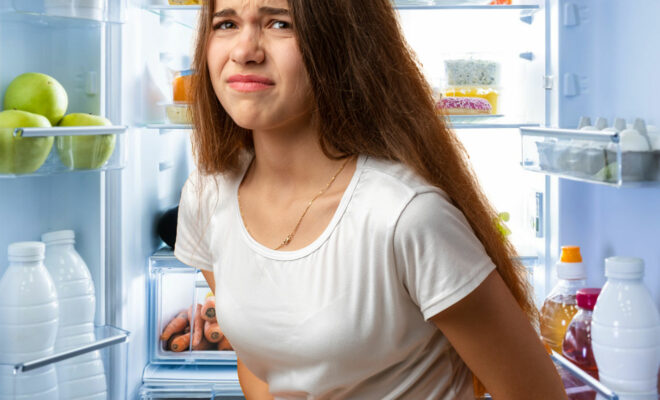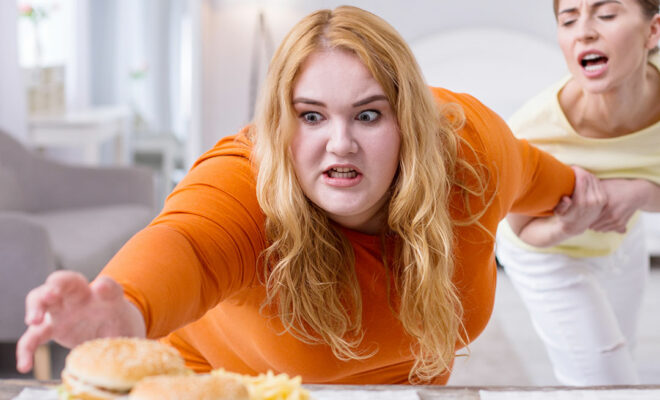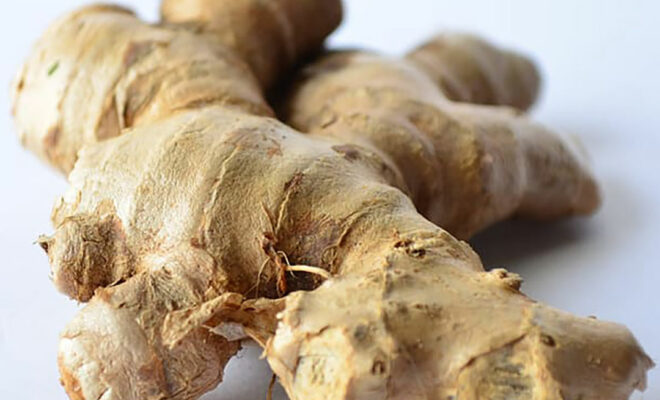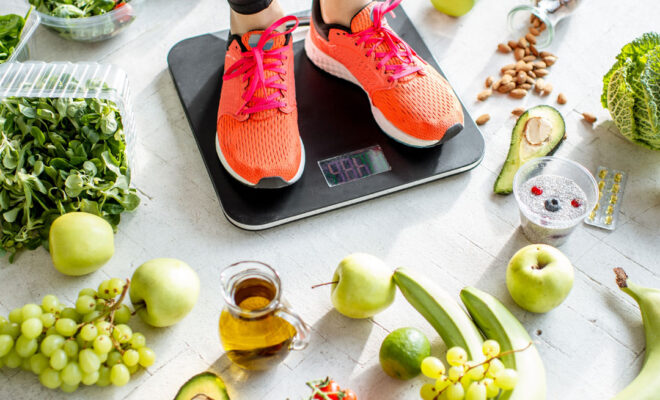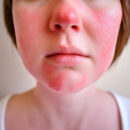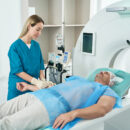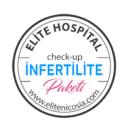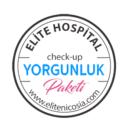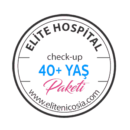Nutrients and Iron Absorption
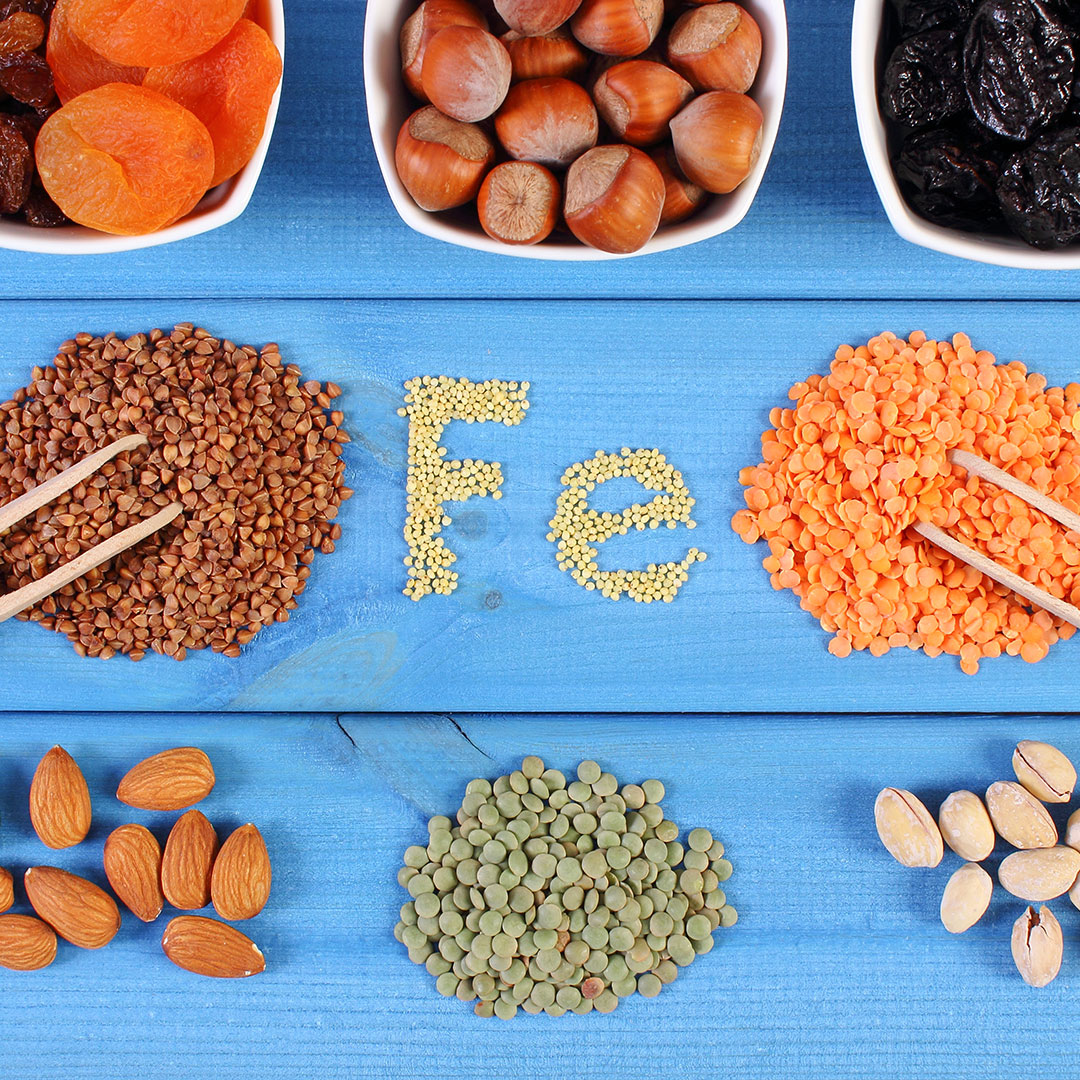
Iron is the basic element of Hemoglobin, the building block of red blood cells (RBCs) responsible for transporting oxygen molecules in the blood and removing carbon dioxide from the body. Therefore, it is one of the most important minerals for body health. This mineral, which is not produced by the body and can be taken into the body through food, also has immune system-strengthening properties.
Daily iron requirement:
- 10 mg for men
- 18 mg for women
- 27 mg for pregnant women
- 18mg for breastfeeding mothers
- 15 mg for adolescence
- 10 mg for child
Iron deficiency anemia is the most common type of anemia in the world. This health problem, which is more common in women than in men, increases especially in pregnant and breastfeeding mothers. Low iron content in the blood causes the hemoglobin count and the amount of oxygen carried in the body to decrease.
Causes of iron deficiency:
- Conditions that cause an increased need for iron in the body: pregnancy, breastfeeding, growing age, etc.
- Insufficient iron intake: Wrong and unbalanced nutrition
- Conditions that cause iron loss in the body: heavy menstrual bleeding, conditions that cause excessive blood loss (e.g. stomach ulcer), inadequate iron absorption in the intestine (e.g. celiac disease), etc.
Symptoms of iron deficiency may vary depending on the person's age, health status, severity of anemia and rate of development. However, some people may not have any symptoms.
The most common symptoms of iron deficiency are:
- Weakness
- Tiredness
- dizziness
- Headache
- Brittle hair and nails
- Dry skin
- Concentration problem
- Hair loss
- Depression
- Pale skin color
In the treatment of iron deficiency, medications recommended by the physician should be administered regularly and supplemented with iron-rich foods. Some foods increase iron absorption in the body, while others decrease it. Changes in eating habits, taking these nutrients into consideration, will prevent the occurrence of iron deficiency and will also support its treatment.
Foods that reduce iron absorption:
- Bran and Whole grains
- Oilseeds (e.g. soy and peanuts)
- Coffee, black and green tea
- Calcium (e.g. milk and dairy products)
Foods that increase iron absorption:
- Foods containing vitamin C (e.g. orange, kiwi, lemon, broccoli, green leafy vegetables, etc.)
Foods rich in iron:
- Red meat and liver
- Fish
- Legumes (lentils, chickpeas, etc.)
- Egg yolk
- Dried fruits (dried apricots, raisins, etc.)
- Grape molasses
- Cabbage, spinach, zucchini, beets
- Peach, pear, date
Some changes you can make in your eating habits to increase iron absorption and prevent deficiency:
- Consuming iron-rich foods together with foods high in vitamin C will increase iron absorption. Ex. Like eggs and orange juice, meatballs and green salad
- Consuming yoghurt along with spinach will reduce iron absorption.
- Adding salads with lemon and green vegetables to legume and grain dishes will increase the body's absorption of the iron in grains and legumes.
- Cooking legume dishes with meat will increase the iron content of the meal.
- Aluminum, stainless steel and tin used to preserve food also reduce the absorption of iron.
- Consumption of coffee or tea should be avoided during or immediately after a meal. Tea and coffee should be preferred for snacks.
- 1-2 teaspoons of molasses (especially carob molasses) at breakfast meets most of your daily iron needs.
- In snacks; Consuming dried fruits will also help meet your daily iron needs.
Nutrients and Iron Absorption
Iron is the basic element of hemoglobin which is the building block of red blood cells (RBCs) that is responsible for transporting oxygen molecule in the blood and removing carbon dioxide from the body. Therefore, it is one of the most important minerals for body health. This mineral is not produced by the body however it can be taken through food and it also has immunity strengthening properties.
Daily iron requirement:
- 10mg for men
- 18mg for women
- 27mg for pregnant women
- 18mg for breastfeeding mothers
- 15mg for puberty
- 10mg for children
Iron deficiency anemia is the most common type of anemia in the world. This health problem is more common in women than in men and it increases during pregnancy and lactation. The low level of iron in the blood causes a decrease in the number of hemoglobin and the amount of oxygen carried in the body.
Causes of iron deficiency:
- Conditions that increase the need for iron in the body: pregnancy, breastfeeding period, puberty, etc.
- Insufficient iron intake: Unhealthy and unbalanced diet
- Conditions that cause loss of iron in the body: heavy menstrual bleeding, conditions that cause excessive blood loss (eg, stomach ulcer), insufficient absorption of iron in the gut (eg, Celiac disease) etc.
Symptoms of iron deficiency may vary depending on the age, health status, severity and rate of anemia. However, some people may not experience any symptoms. The most common symptoms of iron deficiency are:
- Weakness
- Fatigue
- Dizziness
- Headache
- Brittle hair and nails
- Dry skin
- Concentration problem
- hair loss
- depression
- pale skin
For treatment of iron deficiency, the medications prescribed by the physician should be applied regularly and supported with iron-rich food consumption. Some foods increase absorption of iron in the body, while others decrease it. Considering these foods, changes made in dietary habits will help prevent the development of iron deficiency and support its treatment.
Foods that reduce iron absorption:
- Bran and Whole grains
- Oilseeds (eg soy and peanuts)
- Coffee, black and green tea
- Calcium (eg milk and other dairy products)
Foods that increase iron absorption:
- Foods that are rich in vitamin C (eg oranges, kiwi, lemon, broccoli, green leafy vegetables, etc.)
Iron-rich foods:
- red meat and liver
- fish
- Legumes (lentils, chickpeas, etc.)
- egg yolk
- Dried fruits (dried apricots, raisins, etc.)
- molasses
- Cabbage, spinach, zucchini, beets
- Peach, pear, dates
Some changes you can make in your eating habits to increase iron absorption and prevent its deficiency:
- Consuming iron-rich foods together with food that are rich in vitamin C will increase iron absorption. Eg egg and orange juice, meat and green salad
- Consumption of yogurt with spinach will reduce iron absorption.
- Adding lemon and green salad next to legumes and grains will increase the absorption of iron found in grains and legumes.
- Cooking legumes with meat will increase the iron content of the meal.
- Aluminum, stainless steel and tin based storage items also reduce the absorption of iron.
- Consumption of coffee or tea should be avoided during or immediately after a meal. Tea and coffee should be preferred between meals.
- 1-2 teaspoons of molasses (especially carob molasses) at breakfast will meet most of the daily iron needs.
- Consumption of dried fruit as snack will also help meet the daily iron requirement.

